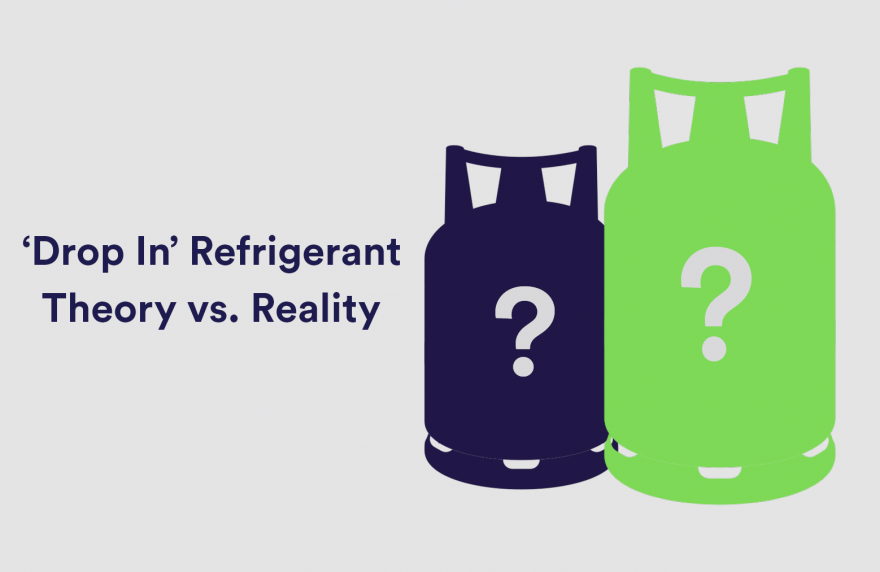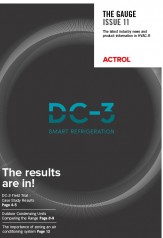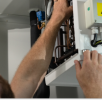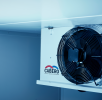The refrigeration industry has long debated the term ‘drop in’ refrigerant. Now one of the most misconceived terms in the industry we thought it was about time to clear the air.
The term ‘Drop-In-Refrigerant’ was endorsed by refrigerant manufacturers during the initial phase down in 1989. To this day the phase down has provoked question surrounding what the best replacements are? With the key solution being a ‘like for like’ scenario – whereby OEM refrigerants could be replaced much like the process of an oil change in a motor vehicle, “drain old oil, drop-in new oil and off you go!”. This would require no additional adjustments and thus an easy and economical application.
Whilst the solution sounds great in theory, the reality is, there is no refrigerant offering of this nature. As we move into a future of HFO refrigerant blends it is vital to acknowledge that all replacements are retrofits. When considering whether to retrofit or to replace the entire system the expected service life of the unit must be considered to ensure the client is offered the best solution.
If a retrofit is determined the best option, attention is crucial to the following points prior to retrofitting the system:
- The safety class of the refrigerant must not change e.g. A1 to A1
- The resulting refrigeration capacity must be as close as possible to the original system
- To protect the compressor the resulting discharge temperature should not be too high
- The system and compressor seals and elastomers must be compatible with the oil and refrigerant
- An oil change may be required as oil return is critical to ongoing compressor lubrication
- HFC to HFC/HFO blends do not usually require an oil change
- HCFC to HFC and HCFC to HFC/HFO blends require an oil change
- Will the existing TV valves or capillary be suitable and what superheat adjustment will be required?
- Capillary systems usually require an upgrade to a TX valve to allow superheat adjustment.
In many cases combining an upgrade from a TX valve to an Electronic expansion valve and floating the condensing pressure / temperature down will negate any refrigeration capacity losses and increase the overall system energy efficiency.
Knowing all this, when you next discuss a refrigerant change in an existing refrigeration or air conditioning system with your client will you talk about ‘retrofit’ or ‘drop-in’ refrigerants?





